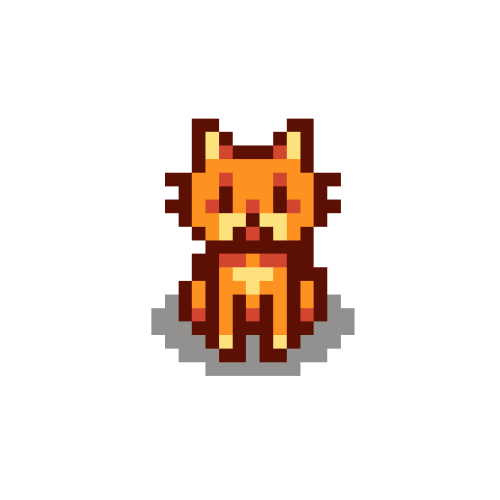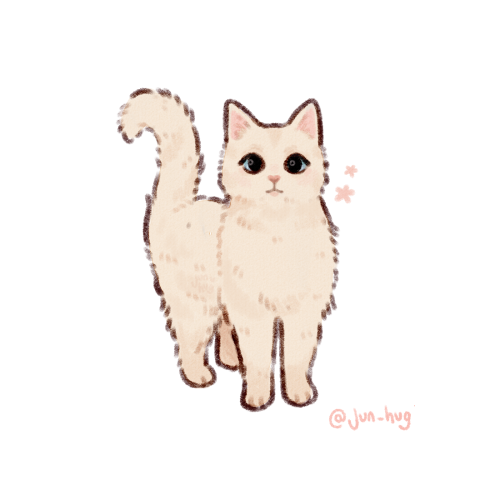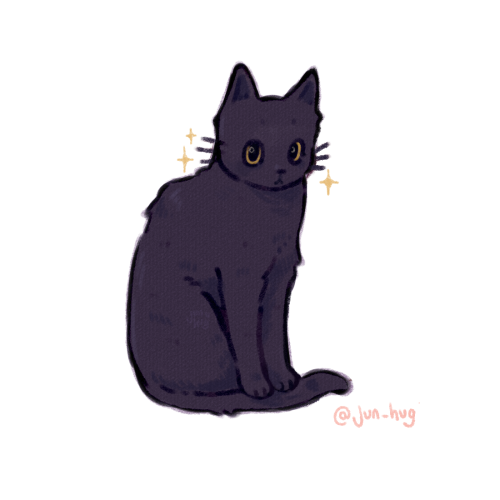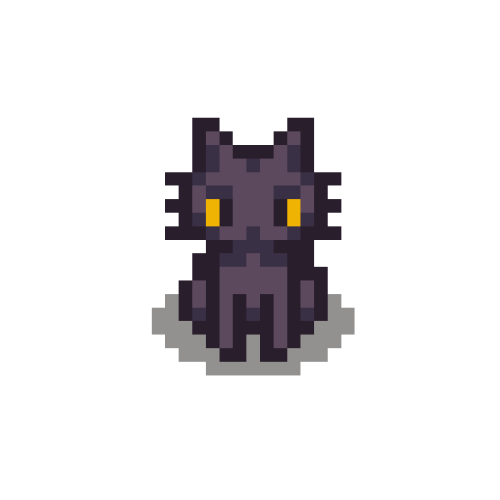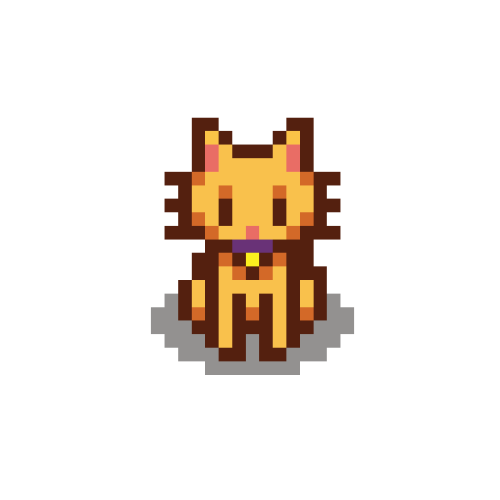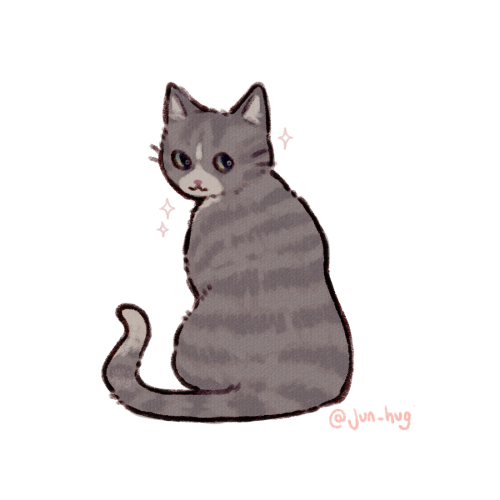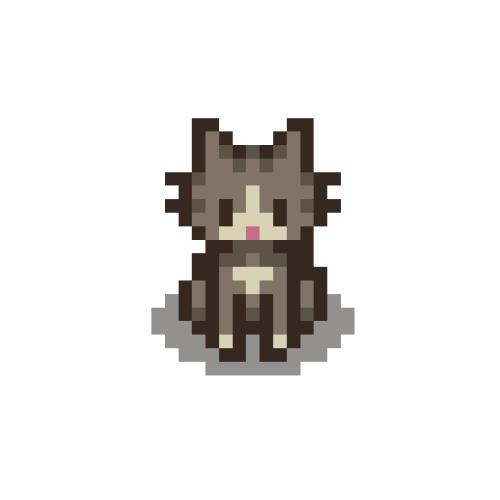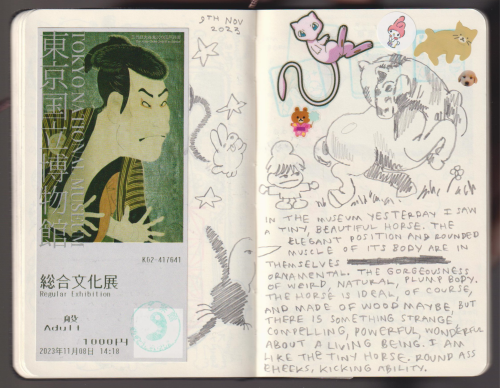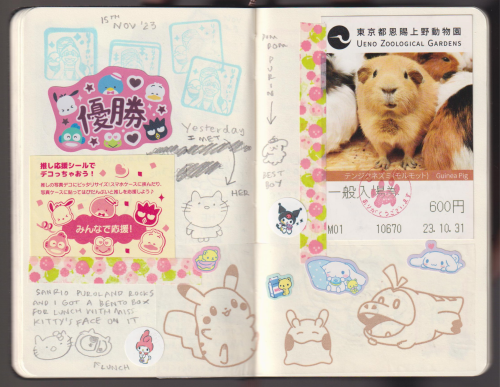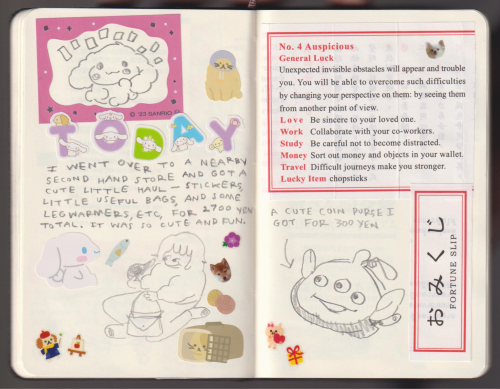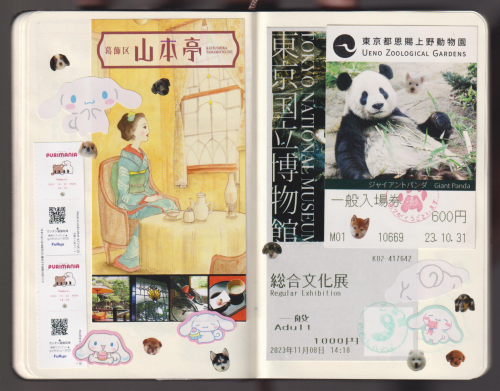Put Pasilyo On Repeat, We’re Yearning Today

put pasilyo on repeat, we’re yearning today
More Posts from Pagesoflanguish and Others
take figures out of their boxes btw. sew patches on your favorite jacket. go to bed with your favorite plushes. wear the pants you usually save for special occasions. draw something cool on your wall. put a sticker on your laptop. dye your hair and pierce your lips. glass is meant to break, metal is meant to rust. items are meant to be used. that's how the world knows that somebody loved them.
thank god, I wasn’t the only one

In this essay I will-
Explaining the gyaru age groups!
I do this because I know that this can get confusing for a lot of people and some gals say ‘my fav substyle is kogal!’ When kogal is not a substyle!
Chibigyaru
The term chibigyaru applies for gals who are 12 and under! Chibigals are usually influenced and seen with their gyaru mamas! Chibigals usually have little to no makeup and dress casual.


Magogyaru
Magogals are gyarus who are aged 13 to 15! They are not yet in high school but are teenagers!


Kogyaru
Aka kogal, kogal is a term for gals who are 15- 18! To be specific, gals in high school. Japanese gals sometimes pair their uniforms with their gyaru makeup and look, which is why kogyaru is easily mistakes as a substyle. It is not a substyle though, it is an age group!


Obaagyaru
Obaagals are usually older gals, typically grandmas!

huge fan of reading and learning, but also an even bigger fan of sleeping and being unconscious.
me with every pretty notebook i buy:


it arrived and i’m too scared to write in it
“Start copying what you love. Copy copy copy copy. At the end of the copy you will find your self.” —Yohji Yamamoto
It is our failure to become our perceived ideal that ultimately defines us and makes us unique.” Thank goodness.
Nobody is born with a style or a voice. We don’t come out of the womb knowing who we are. In the beginning, we learn by pretending to be our heroes.
We learn by copying. We’re talking about practice here, not plagiarism—plagiarism is trying to pass someone else’s work off as your own.
Copying is about reverse-engineering. It’s like a mechanic taking apart a car to see how it works.

We learn to write by copying down the alphabet. Musicians learn to play by practicing scales. Painters learn to paint by reproducing masterpieces.
Remember: Even The Beatles started as a cover band. Paul McCartney has said, “I emulated Buddy Holly, Little Richard, Jerry Lee Lewis, Elvis. We all did.” McCartney and his partner John Lennon became one of the greatest songwriting teams in history, but as McCartney recalls, they only started writing their own songs “as a way to avoid other bands being able to play our set.”
As Salvador Dalí said, “Those who do not want to imitate anything, produce nothing.”
First, you have to figure out who to copy. Second, you have to figure out what to copy.
Who to copy is easy. You copy your heroes—the people you love, the people you’re inspired by, the people you want to be. The songwriter Nick Lowe says, “You start out by rewriting your hero’s catalog.”
And you don’t just steal from one of your heroes, you steal from all of them. The writer Wilson Mizner said if you copy from one author, it’s plagiarism, but if you copy from many, it’s research. I once heard the cartoonist Gary Panter say, “If you have one person you’re influenced by, everyone will say you’re the next whoever. But if you rip off a hundred people, everyone will say you’re so original!”
What to copy is a little bit trickier. Don’t just steal the style, steal the thinking behind the style. You don’t want to look like your heroes, you want to see like your heroes. The reason to copy your heroes and their style is so that you might somehow get a glimpse into their minds.
That’s what you really want—to internalize their way of looking at the world. If you just mimic the surface of somebody’s work without understanding where they are coming from, your work will never be anything more than a knockoff.
At some point, you’ll have to move from imitating your heroes to emulating them.
Imitation is about copying. Emulation is when imitation goes one step further, breaking through into your own thing.
“There isn’t a move that’s a new move.” The basketball star Kobe Bryant has admitted that all of his moves on the court were stolen from watching tapes of his heroes.
But initially, when Bryant stole a lot of those moves, he realized he couldn’t completely pull them off because he didn’t have the same body type as the guys he was thieving from. He had to adapt the moves to make them his own.
Conan O’Brien has talked about how comedians try to emulate their heroes, fall short, and end up doing their own thing.
Johnny Carson tried to be Jack Benny but ended up Johnny Carson. David Letterman tried to copy Johnny Carson but ended up David Letterman. And Conan O’Brien tried to be David Letterman but ended up Conan O’Brien.
In O’Brien’s words, “It is our failure to become our perceived ideal that ultimately defines us and makes us unique.” Thank goodness.
-Steal like an Artist.
forever in awe of people who pay attention. people who wait for you while you tie your shoes while the others have walked away. when they continue listening intently while the rest of the group stopped listening. noticing your moments of silence when everyone else hasn’t. “this made me think of you” noticing things you never even noticed about yourself. people who say “text me when you get home safe.” people who make you laugh until you cry. childhood friends who keep in touch. people with genuine intentions. people who are soft when the world has given them every opportunity to turn hard. the “let’s get ice cream” at 3am friend. the turn up the music in the car and sing friend. people whose actions match their words. people who make the world feel less chaotic. kindred spirits. the trustworthy and honest. hard workers. good listeners. clear communicators. people who love you for who you are. people who don’t ask you to be anything other than yourself. people who choose you. people who stay.
-
 marzibird liked this · 3 weeks ago
marzibird liked this · 3 weeks ago -
 sweetsuke liked this · 3 weeks ago
sweetsuke liked this · 3 weeks ago -
 perfectdiplomatstudentauthor liked this · 3 weeks ago
perfectdiplomatstudentauthor liked this · 3 weeks ago -
 pepperonipitsaz liked this · 3 weeks ago
pepperonipitsaz liked this · 3 weeks ago -
 dee4001 liked this · 3 weeks ago
dee4001 liked this · 3 weeks ago -
 sadisticaurthor liked this · 3 weeks ago
sadisticaurthor liked this · 3 weeks ago -
 lavender-stuff liked this · 4 weeks ago
lavender-stuff liked this · 4 weeks ago -
 theincrediblemoonchild reblogged this · 4 weeks ago
theincrediblemoonchild reblogged this · 4 weeks ago -
 theincrediblemoonchild liked this · 4 weeks ago
theincrediblemoonchild liked this · 4 weeks ago -
 fedethemace liked this · 4 weeks ago
fedethemace liked this · 4 weeks ago -
 magiccatprincess reblogged this · 4 weeks ago
magiccatprincess reblogged this · 4 weeks ago -
 magiccatprincess liked this · 4 weeks ago
magiccatprincess liked this · 4 weeks ago -
 m3lbee liked this · 4 weeks ago
m3lbee liked this · 4 weeks ago -
 thegreyprincess liked this · 1 month ago
thegreyprincess liked this · 1 month ago -
 snowyshadow liked this · 1 month ago
snowyshadow liked this · 1 month ago -
 ironthyvoid liked this · 1 month ago
ironthyvoid liked this · 1 month ago -
 keqqingz liked this · 1 month ago
keqqingz liked this · 1 month ago -
 the-normal-potato liked this · 1 month ago
the-normal-potato liked this · 1 month ago -
 dannaekh-posts liked this · 1 month ago
dannaekh-posts liked this · 1 month ago -
 lovingmayday liked this · 1 month ago
lovingmayday liked this · 1 month ago -
 strangepersonflower liked this · 1 month ago
strangepersonflower liked this · 1 month ago -
 pampandinha liked this · 1 month ago
pampandinha liked this · 1 month ago -
 kuro-kurochi liked this · 1 month ago
kuro-kurochi liked this · 1 month ago -
 pink8disaster reblogged this · 1 month ago
pink8disaster reblogged this · 1 month ago -
 pink8disaster liked this · 1 month ago
pink8disaster liked this · 1 month ago -
 minguirillodelpoder liked this · 1 month ago
minguirillodelpoder liked this · 1 month ago -
 treetried liked this · 1 month ago
treetried liked this · 1 month ago -
 candycornkingdom liked this · 1 month ago
candycornkingdom liked this · 1 month ago -
 scones-i-guess liked this · 1 month ago
scones-i-guess liked this · 1 month ago -
 lusevoung reblogged this · 1 month ago
lusevoung reblogged this · 1 month ago -
 pagkahari liked this · 1 month ago
pagkahari liked this · 1 month ago -
 rattfratz reblogged this · 1 month ago
rattfratz reblogged this · 1 month ago -
 rattfratz liked this · 1 month ago
rattfratz liked this · 1 month ago -
 airbobman liked this · 1 month ago
airbobman liked this · 1 month ago -
 payrollpansy liked this · 1 month ago
payrollpansy liked this · 1 month ago -
 idiotwithamustache liked this · 1 month ago
idiotwithamustache liked this · 1 month ago -
 nh180495 liked this · 1 month ago
nh180495 liked this · 1 month ago -
 90-iris liked this · 1 month ago
90-iris liked this · 1 month ago -
 carnationcottage liked this · 1 month ago
carnationcottage liked this · 1 month ago -
 live-with-love reblogged this · 1 month ago
live-with-love reblogged this · 1 month ago -
 live-with-love liked this · 1 month ago
live-with-love liked this · 1 month ago -
 vvvsawvvv liked this · 1 month ago
vvvsawvvv liked this · 1 month ago -
 2nd-coming-of-kamote reblogged this · 1 month ago
2nd-coming-of-kamote reblogged this · 1 month ago -
 luzcian liked this · 1 month ago
luzcian liked this · 1 month ago -
 isaace liked this · 1 month ago
isaace liked this · 1 month ago -
 ali--stair liked this · 1 month ago
ali--stair liked this · 1 month ago -
 generalnerdbouquet liked this · 1 month ago
generalnerdbouquet liked this · 1 month ago -
 fo-5ari liked this · 1 month ago
fo-5ari liked this · 1 month ago -
 randomidiocyncrazies liked this · 1 month ago
randomidiocyncrazies liked this · 1 month ago

